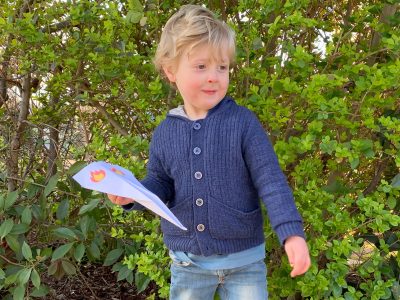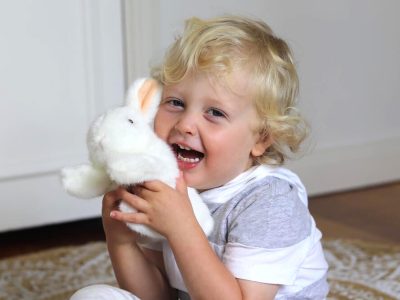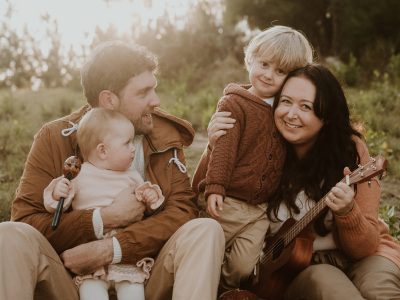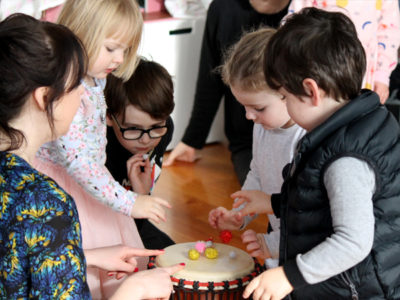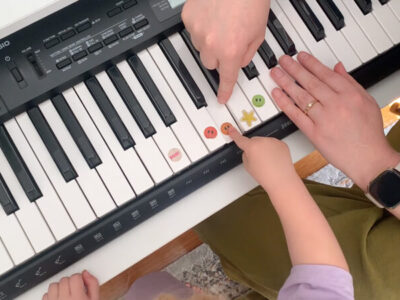Guest post by Dr. Kathryn Hackman, Founder of Courageous Kids App
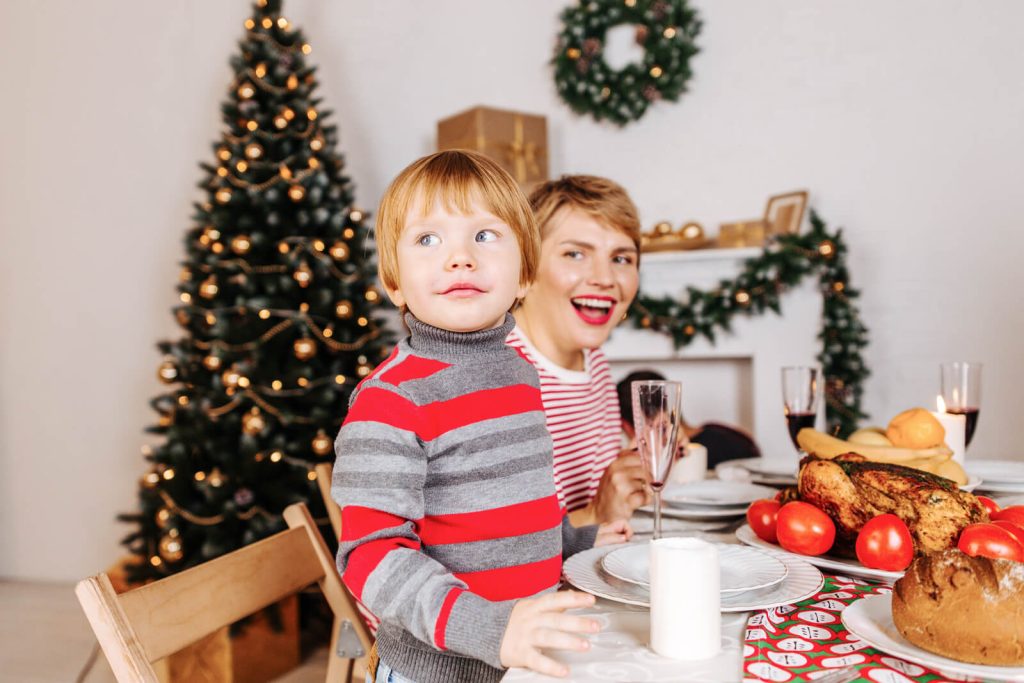
As the end of year races towards us, and we rush to finish up, tidy up and catch up… it’s worth thinking about what this change of pace will mean for our children.
If we briefly pause to consider some of the challenges our children will face at this time, we will be better equipped to understand the feelings and context behind any tears or troubles.
Four common challenges faced by kids at this time of year are:
CHALLENGE 1: Goodbyes are hard
As our little ones end their year at creche or kinder, they will have one of their first experiences of saying a big goodbye. Whilst “ending” may be hard for them to fully comprehend, they will know that something big is happening. Feeling that impending change can lead to feelings of uncertainty.
CHALLENGE 2: Loss of routine
With ‘school’ done, your child’s usual routines will vanish! Routines are more than just getting things done. They provide a framework that helps children to feel secure. Without them, your child may feel adrift, “bored”, or anxious.
CHALLENGE 3: Parents present – but not available
Your child will probably expect that by spending more time at home, they will have more time playing with you. Yet this isn’t always possible – leading to feelings of disappointment, frustration, and even anger.
CHALLENGE 4: Big family functions
‘Tis the season… and that involves gathering the extended family together for that special day, or two, or more. The noise and bustle of Christmas gatherings can be tricky enough, but when coupled with being with relatives who seem like strangers, it can be overwhelming for some children.

So, how can we support kids through it all?
Here are my go-to solutions. What they have in common is one underlying principle: PREPARATION IS POWER!!
When we let kids know what will happen, and give them time to process it, we remove any nasty surprise factor.
Here’s how to prepare your children for all these events:
1/ Explain what’s going to happen.
You can do this in so many ways:
- In words
- In pictures
- In stories
- In SONG
- In play
As always, a combination is best! Remember, kids are visual learners and we are all hard-wired to respond to music and rhythm.
So, as you play “finishing kinder” with all the teddies, include songs to help your child process what’s happening. You might sing a traveling song on your way to kinder, a tidy-up song as the teddies pack up their game, and then a goodbye song when it’s time to go home.
These songs will translate into all your holiday travels and tidying routines!
To explain a big family event, a more concrete explanation may be more helpful. In this case, you could make a story. Such a story could start like this:
“My name is [Jo] and I am 4 years old. On Christmas day, we will go to Grandma’s house. All my cousins and aunties and uncles will be there! …” (Then continue the story to briefly outline what will happen and who will be there.)
You would illustrate this story with photos or pictures. This type of story is called a “social story” or “social script”. Letting children SEE what will happen as well as explaining it in words is a great way to calm any worries.
2/ Create little routines
One of my favourite micro-routines is having a goodbye song. It builds structure and routine into transitions (moving from one activity to another) and changing situations. You will use your goodbye song a LOT over the holidays. Both for your big goodbyes – to teachers, and relatives at the end of family functions – and for your small ones – to swings, playgrounds, libraries, cafes, and beaches.
3/ Create visual plans
The lovely part of holidays – the freedom to take each day as it comes – can also be challenging for kids who love routine. One thing that you can keep consistent, is to create a plan, in picture form, of what will happen each day.
This plan doesn’t have to be written with military precision!! Rather, it’s a springboard to include your child in decision-making about the day, give them an overview of what will happen, and some choice within a general framework.
This picture plan, known as a “visual plan” is great for reducing anxiety. Children can see exactly what will happen and can independently check in on the plan as often as needed.
In our family, we commonly use a visual plan to outline the morning routine. It nurtures autonomy and reduces nagging! Rather than asking my kids to brush their teeth or get dressed, I can just ask them “What’s next on your plan?” and then congratulate them when they work it out for themselves. We also have a plan of the day, so that they can see the times that I will be playing with them, and the times they need to play independently.
4/ Make time to check-in
Throughout all the rush and change in routine, make some quiet time each day just to be with your child. You might ask how they’re going or just mention how you are feeling about some of the changes. This creates space for your child to process any tricky feelings and share them with you. At these times you may also come up with some strategies with your child to navigate upcoming situations. For example, during one of these moments my son and I decided that if it got too noisy and busy at Christmas day lunch, he would come and squeeze my hand and that was my signal to take him into a quiet room and read Portside Pirates together.
If arts and crafts or creative writing isn’t your thing, you can quickly create visual plans and personalised stories for your child with the Courageous Kids app.
Available on the App Store and Google Play.
Wishing you a wonderful festive season!
Dr Kathryn
Follow Dr Kathryn on Instagram @courageouskidsapp

